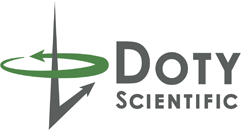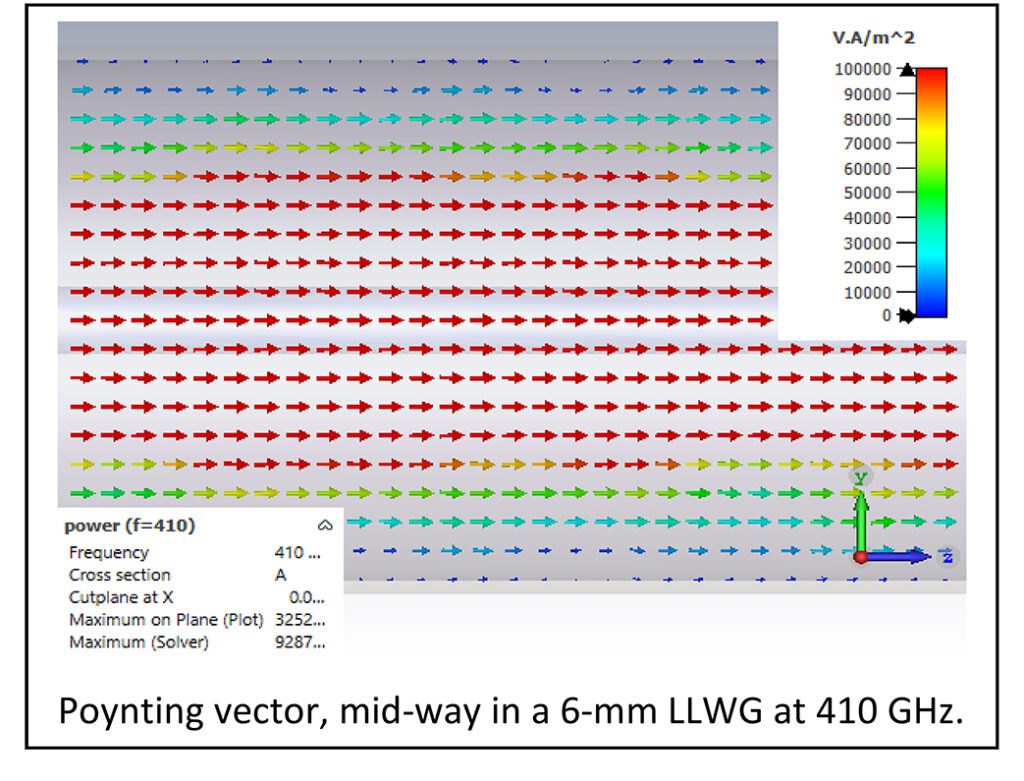Novel Low-loss, Low-cost, Small-diameter, Lower-cost THz Waveguides For Compact, Lightweight mmw and THz Applications
- Loss typically over 1 Hundred to 1 million times below that of classic fundamental mode rectangular waveguides in the 150 GHz to 1500 GHz range depending on the frequency. The benefit goes up as the frequency goes up.
- Half-octave bandwidth for -0.5 dB. Negligible dispersion.
- Applications include: Ultra-broadband 6G and 7G Wi-Fi, THz Imaging, NMR-MAS-DNP, THz Time-domain Spectroscopy, Satellite Millimeter-wave (mmw) systems, photonics, ADAS (Advanced Driver Assistance Systems), and your unique project. Loss comparable to that of small, corrugated waveguides but lighter and cheaper.
- Supports HE11 and TE11, couples efficiently to TEM00, and suppresses parasitics.
- Negligible currents in the flanges (interfaces) with HE11, which eliminates the critical alignment, contact, and dimensional requirements that have plagued conventional mmw/THz systems.
- A broad line of tapered transitions, miter bends, and straight waveguides are available, with standard round flanges (UG-383/U or UG-387/U) for all bands in the 100-1500 GHz range, in three sizes: 6.35 mm, 9.53 mm, and 12.7 mm OD
- Low-loss high-directivity bi-directional THz couplers and HE11 launchers for converting directly from rectangular TE10 to overmoded HE11 are coming, for 80 GHz to 750 GHz.
- Loss is inversely quadratic with diameter. Generally, choose the largest diameter thatworks within your space or mass constraints. The frequency range is determined by the thickness of the PTFE laminate lining, not by the diameter.
For more information: patent #11,978,943, F David Doty
Acknowledgement: NIH award R44GM139468





